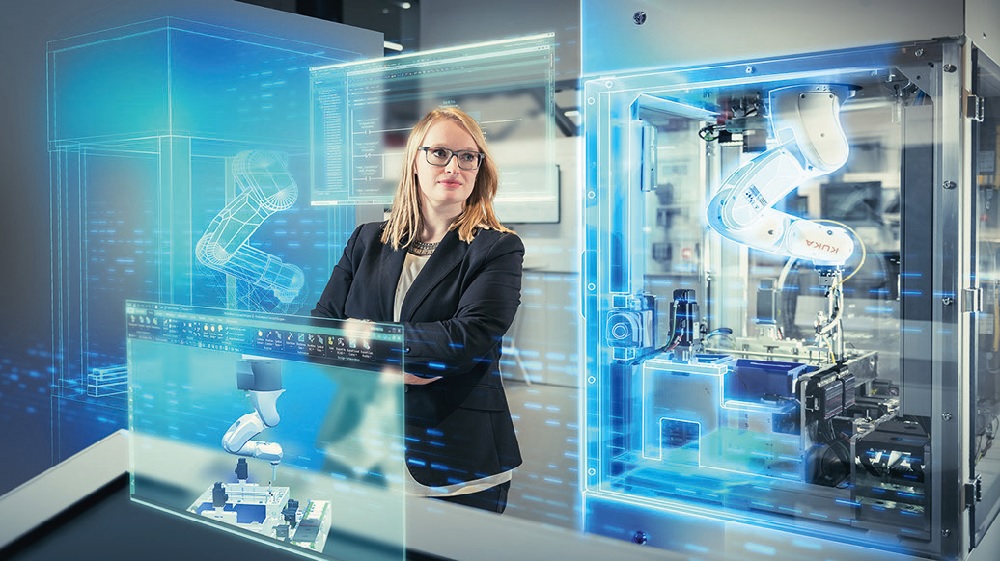Virtual commissioning and the digital twin – minimizing risk in automation and design

What is driving the success of virtual commissioning?
In a recent post in the International Society of Automation, we published an article detailing the pervasive digital twin that is appropriately accurate, combined with vendor multi-disciplined expertise, for assisting leading-edge companies to innovative advancements. However, virtual commissioning is another added benefit of their investment in simulation, or a digital twin, extending the value in the manufacturing of lines, production cells and machines. For example, in bids for delivery of turnkey production cells and lines, some automotive companies require an accompanying simulation that confirms the performance of the proposed solution before producing it. This persistent demand is motivating machine builders to modernize and transition their traditional systems, thus benefiting their customers and increasing the longevity of their brands and services.
Virtual Commissioning – definition, benefits, differentiators
Virtual commissioning’s widespread availability of the digital twin to represent a physical product, process or system, in understanding and predicting the physical counterpart’s performance provides the following benefits:
- Compressing time: Customers are continually changing their tastes, very quickly, driving a reciprocal need to respond soon.
- Saving costs: Reducing time debug design and its associated controls physically.
- Minimizing risk: All testing can be done virtually, so transitions result in only minimal issues, with no PLC program problems.
When the virtual commissioning, or digital twin, is linked to the actual PLC program of its physical counterpart, it makes validation of the overall automation system possible. On one end, the PLC program is tested by observing how the physical system would behave, and on the other, with actual controls program running the operation of the physical system it can better anticipate the outcome. Siemens Digital Industries Software and its Xcelerator suite of services provides a virtual PLC for some of their hardware PLCs making Virtual Commissioning completely virtual, sometimes referred to as Software in the Loop (SIL).
All insights obtained and errors discovered can be used for optimization purposes before the real production begins. Virtual commissioning significantly empowers a company to move towards availability, accuracy and vendor multi-discipline expertise, providing improved communication, fewer errors, acceptance testing and reducing risk.
Learn more as we explore this technology in more detail and discover what properties are catapulting its popularity.
About the authors:
Noam
Ribon is a senior business
consultant with Siemens Digital Industries Software with a specialization in
digitalization of manufacturing, program, project, and IT management. He has
more than 30 years of computer aided design, product life-cycle management,
digital manufacturing, and digitalization (Industry 4.0) software experience
across various industries. Ribon earned a BS in mechanical engineering from
Technion Institute of Technology, Israel, and an MBA from the University of
Phoenix.
Colm Gavin promotes digitalization topics with Siemens Digital Industries Software group for machine and line builders. Working for Siemens for 19 years, Colm uses his experience in discrete manufacturing to assist companies in taking advantage of new innovations with Industry 4.0. He was previously responsible for the marketing of Siemens’ Totally Integrated Automation Portal software in the U.S. Gavin holds a BS in manufacturing engineering from Trinity College, Dublin, Ireland.


